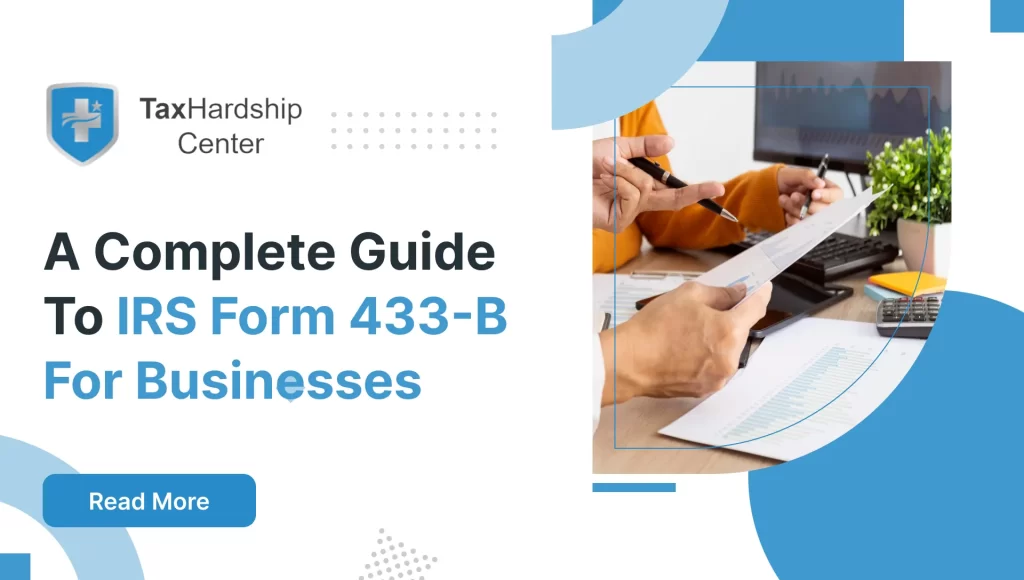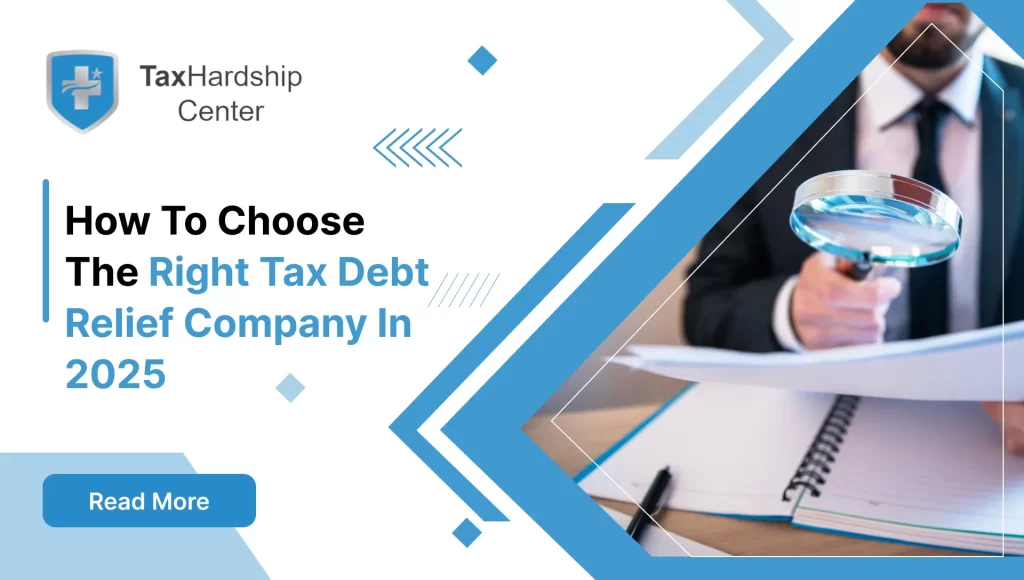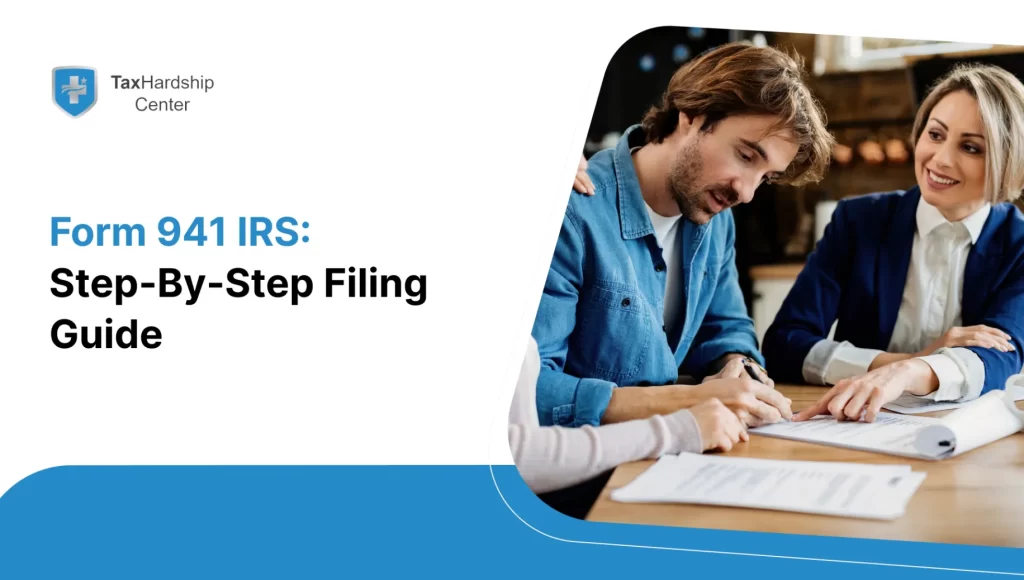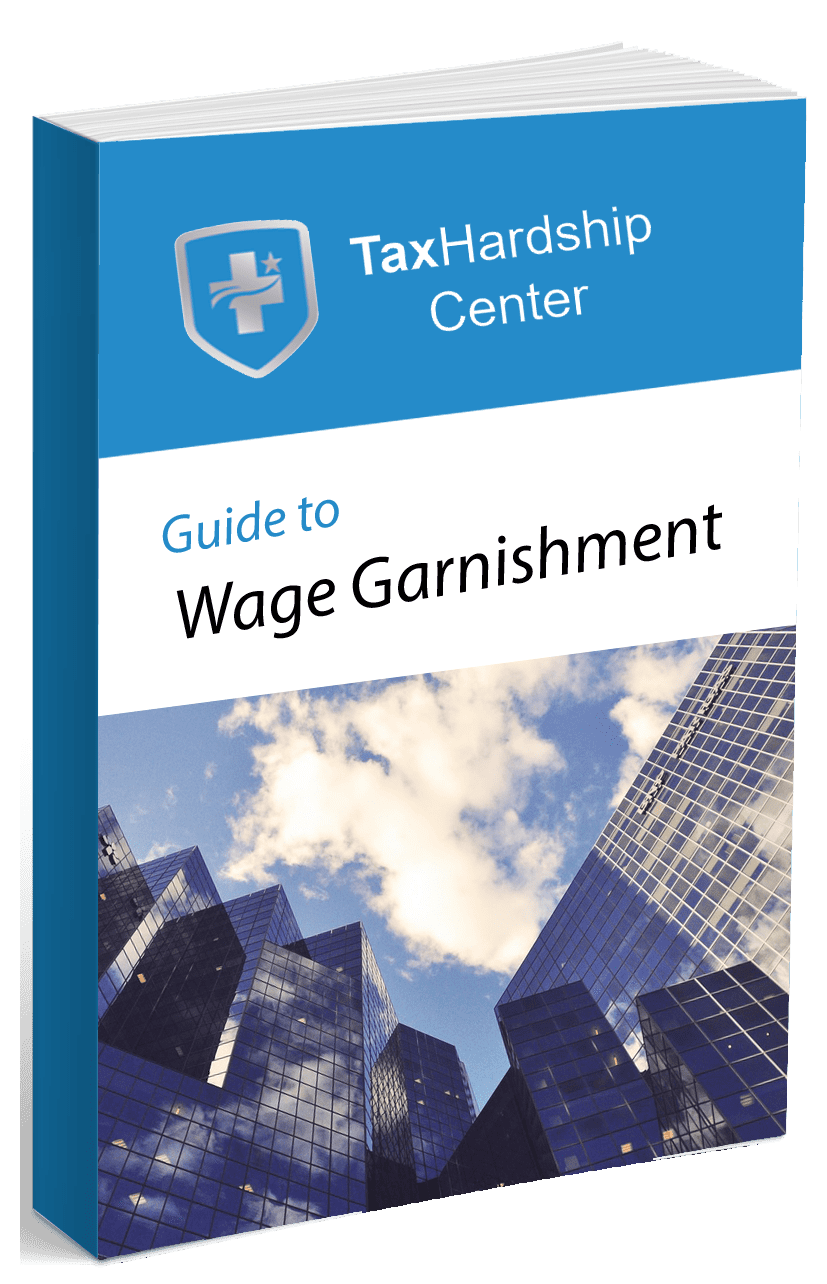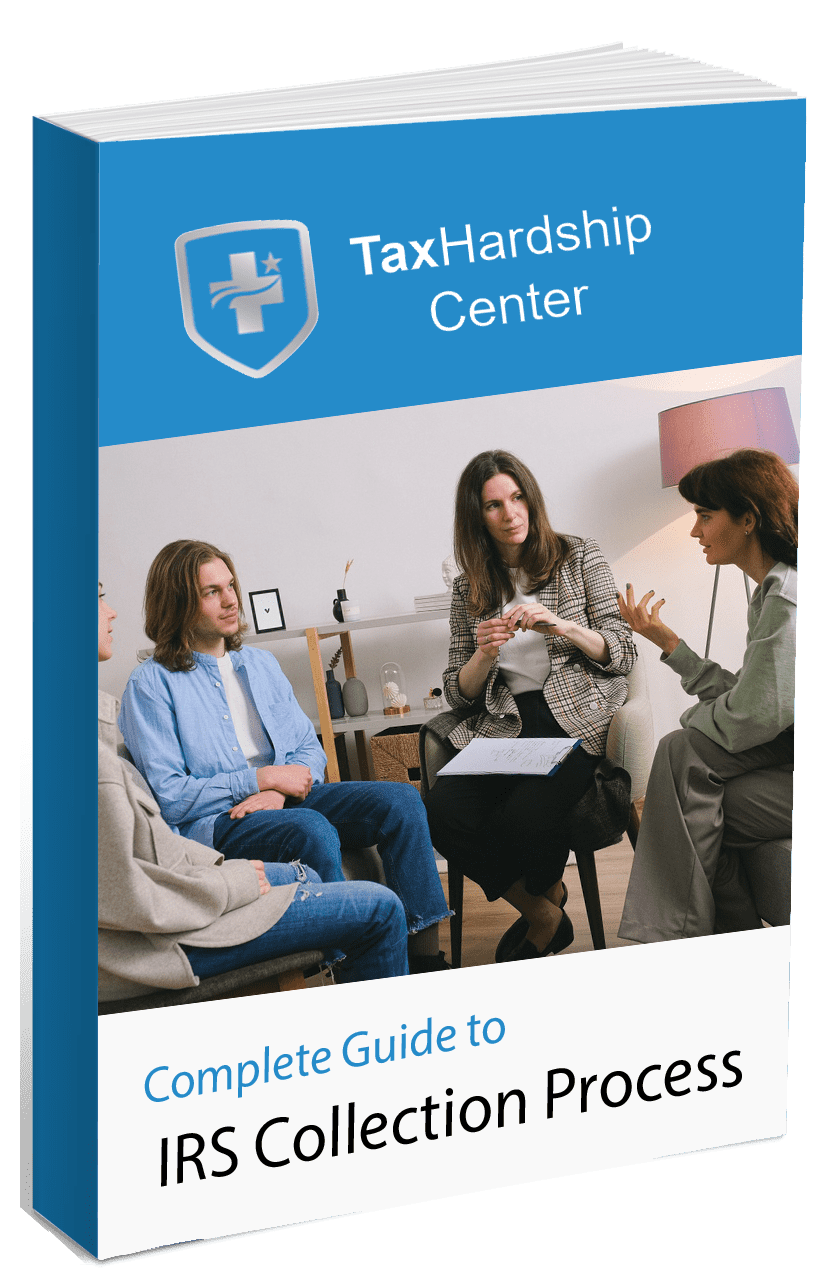Form 433 b serves as the IRS collection statement for businesses. It gathers extensive details on a company’s assets, liabilities, income and expenses. Accurate disclosure lets owners negotiate payment plans using our Installment Agreement Service or submit offers through our Offer in Compromise service . This guide walks through every section, clarifies key distinctions and links to additional resources to avoid delays.
Understanding IRS Form 433-B
Form 433-B Collection Information Statement for Businesses requires a snapshot of your organization’s finances. The IRS leverages it when assessing eligibility for installment agreements or Offer in Compromise proposals. Agents may also request it during enforcement actions, as detailed in our IRS Collection Process guide or the Collections Notice Guide . A clear, accurate submission can reduce back-and-forth and shorten the review period. For deeper insights, read How Long Can IRS Collect Back Taxes and Demystifying IRS Offer in Compromise.
How Tax Hardship Center Assists Businesses
At the Tax Hardship Center, we streamline Form 433-B filings end-to-end. Our experts audit records, prepare exhibits and negotiate directly with IRS agents. Clients use our portal to upload documents, track deadlines and review statuses in real time. For personalized assistance with your Form 433-B, contact us to schedule a consultation and protect your business’s financial health.
What Is Form 433-B?
Form 433-B structures how businesses report financial data to the IRS by dividing disclosures into five sections: identification details, personnel contacts, other financial information, asset and liability listings, and monthly income and expense statements. You can download the official form directly from the IRS site in PDF format and review the Form Instructions (i433b) for filing requirements.
Purpose and Use Cases
Businesses use Form 433-B primarily to request installment payment plans for outstanding tax liabilities. It also supports Offer in Compromise applications when debt exceeds a company’s reasonable collection potential. During audits or collection investigations, IRS agents often request this form to verify reported figures. Submitting precise information prevents prolonged administrative delays and limits additional penalties.
Who Should File Form 433-B?
Form 433-B applies to corporations, partnerships and other registered entities facing past-due tax liabilities over 90 days. Sole proprietors file Form 433-A instead, and individuals with smaller debts use Form 433-F. If your business lists multiple officers or partners, include each decision maker’s full name, EIN or SSN, title and direct contact information to ensure seamless communication.
Differences Between Form 433-B and Other IRS Forms
Form 433-A focuses on sole proprietors and individuals, while Form 433-F offers a streamlined summary for straightforward installment agreements. Form 433-B demands extensive disclosures tailored to legal entities. The OIC variant—Form 433-B OIC—inserts extra fields for asset valuation and cash availability, enabling the IRS to calculate collection potential under Offer in Compromise guidelines.
Preparing to Complete Form 433-B
Gather documentation early to streamline the process. Start by pulling current bank statements, profit and loss reports and balance sheets certified by your accountant. Collect loan agreements, lease documents, deeds to real estate and titles for vehicles or equipment. Identify contingent liabilities, like pending lawsuits or warranty reserves, to round out a defensible submission.
Necessary Financial Documents
Prepare active bank statements covering the last three months, reconciliations and copies of canceled checks. Secure your latest profit and loss statement and balance sheet, stamped by a CPA. Include lease agreements, credit facility contracts and notes payable schedules. For real property and vehicles, attach deeds or titles to substantiate market values.
Pre-Qualification Requirements
Verify all required tax returns—payroll, sales and excise filings—remain current. The IRS will reject relief requests if you have unfiled returns. Confirm your business classification and federal employer identification number to match IRS records. Note penalties or interest separately to reconcile against IRS calculations.
Common Mistakes to Avoid
Underreporting liabilities, omitting benefit costs and rounding figures excessively rank among top errors. Ensure depreciation schedules align with your last return and avoid mixing cash and accrual accounting figures. Double‑check that non‑numeric fields match IRS transcripts precisely.
Step-by-Step Guide to Completing Form 433-B
Tackle Form 433-B in five sections, using spreadsheets or accounting software drafts before transferring numbers. Whether you file by mail or e‑file through the Online Payment Agreement portal, clear handwriting or accurate PDF uploads matter. Follow these steps to ensure completeness.
Section 1 – Business Information
Record your legal business name, mailing address and EIN exactly as on your filed return. Indicate entity type—S corporation, C corporation, partnership or LLC—and select your accounting method: cash or accrual. List your tax period end date, which the IRS uses to verify comparability with their records.
Section 2 – Business Personnel and Contacts
Provide names, titles and SSNs or EINs for each principal officer, partner or director. Include direct phone numbers and email addresses to simplify follow‑up. Accurate contact data minimizes delays when the IRS schedules interviews or requests additional documentation.
Section 3 – Other Financial Information
Disclose any unfiled returns, litigation reserves and contingent liabilities such as warranty claims or legal disputes. Describe each liability in a concise line item. Clear labeling helps the IRS anticipate future outflows and adjust collection expectations accordingly.
Section 4 – Asset and Liability Information
List all real property, vehicles, equipment and inventory with acquisition dates, original costs, current market values and outstanding loan balances. On the liability side, name each creditor, show balances due, specify monthly payments and note collateral where applicable. This net worth calculation underpins your collection potential.
Section 5 – Monthly Income/Expenses Statement
Detail gross receipts, cost of goods sold, payroll costs and overhead expenses. Itemize rent, utilities, insurance and owner draws. Subtract total expenses from income to display net monthly cash flow. Consistency with your profit and loss statement reinforces credibility.
Submitting Form 433-B
After completing Form 433-B, choose between certified mailing or e‑filing via the Online Payment Agreement portal. Retain copies of your submission and supporting schedules. If you mail, use registered mail with a return receipt. If e‑filing, upload high‑quality PDF scans and confirm your submission number in your IRS account.
Where and How to Submit
Mail packets to the collection address on your IRS notice. For electronic filing, log into the Online Payment Agreement portal, attach PDF files and preview before submitting. Screenshots of confirmation pages can serve as proof of timely filing.
What to Expect After Submission
Within 30 days, the IRS issues an acknowledgment letter confirming receipt. Expect agent review of your figures, transcript checks and potential follow‑up calls. In‑person meetings remain rare but possible for complex cases.
Responding to IRS Requests
If the IRS requests more detail, respond by the deadline. Provide clearly marked exhibits—“Exhibit A – Bank Statement,” “Exhibit B – Equipment Schedule.” Ensure each page header includes your business name and EIN to prevent misfiling.
Alternatives and Related Forms
If Form 433-B doesn’t fit, use Form 433-A for sole proprietors, Form 433-F for individuals, or Form 433-B OIC with your main statement for offers in compromise. Understanding each form’s scope helps you choose the best relief path.
Form 433-B OIC for Offer in Compromise
Form 433-B OIC adds fields for market value, special valuations and available cash. The IRS evaluates these to determine if an offer represents full collection potential under Publication 593.
Form 433-A for Sole Proprietors
Form 433-A omits corporate asset categories and focuses on personal income, expenses and debts, matching IRS criteria for individual operators.
Form 433-F for Individuals
Form 433-F provides a brief summary of assets, income and expenses for taxpayers with modest liabilities and can be filed online via the Online Payment Agreement portal.
Tips for Success
Thoroughness and precision yield smoother IRS reviews. Use digital checklists to track sources and reconcile every figure against your general ledger. Maintain an exhibit index and consider color‑coded tabs for physical packets. Professionals often draft in accounting software before transferring to the official form.
Ensuring Accuracy
Match assets and liabilities to calculate net worth correctly. Reconcile your general ledger with bank statements to catch discrepancies. Proofread names, addresses and EINs before submission.
Seeking Professional Assistance
Tax relief specialists prevent costly mistakes and accelerate responses. Our Installment Agreement Service structures flexible plans to protect cash flow, while our Offer in Compromise guide negotiates reduced settlements on your behalf.
Maintaining Compliance Post-Submission
Honor approved payment schedules. File returns timely and stay current on payroll and excise tax obligations. Consistent compliance signals good faith and lowers enforcement risk.
Conclusion
Completing IRS Form 433-B demands meticulous preparation and transparent reporting. This guide equips you with step-by-step instructions, document checklists and strategic tips to speed IRS review. For direct support, Tax Hardship Center offers personalized services that secure manageable relief and safeguard your finances. Reach out now to get expert help.
Why Tax Hardship Center?
1. Hassle-Free Assistance:
Say goodbye to sleepless nights and endless tax-related stress. At the Tax Hardship Center, we believe in simplifying the complex. Our team of experts is dedicated to guiding you through every step of the process, ensuring that your tax concerns are met with precision and care.
2. 14-Day Money Back Guarantee:
We’re so confident in our ability to ease your tax worries that we offer a 14-day money-back guarantee. If you’re not satisfied with our service for any reason, we’ll gladly refund your investment. Your peace of mind is our top priority!
3. Free Consultation:
Are you curious about how we can transform your tax experience? Book a free consultation now! Our team will assess your situation, answer your questions, and provide free insights tailored to your needs.
4. Nationwide Coverage:
No matter which corner of the United States you call home, the Tax Hardship Center covers you. We proudly serve all 50 states, bringing our expertise to your doorstep. Wherever you are, our commitment to excellence follows.
FAQs
What is the purpose of IRS Form 433-B?
IRS Form 433-B gathers business financial details to determine eligibility for installment agreements, offers in compromise and other collection alternatives.
Who is required to file Form 433-B?
Corporations, partnerships and other entities facing overdue tax liabilities must file Form 433-B for relief.
How does Form 433-B differ from Form 433-A?
Form 433-A serves sole proprietors, focusing on personal assets and debts. Form 433-B applies to entities with broader disclosure requirements.
What documents are needed to complete Form 433-B?
You need current bank statements, profit and loss reports, balance sheets, loan agreements, real estate deeds and other evidence supporting your reported values.
What happens after submitting Form 433-B?
The IRS acknowledges receipt within 30 days, reviews your data and may request interviews or additional documentation before finalizing relief arrangements.

